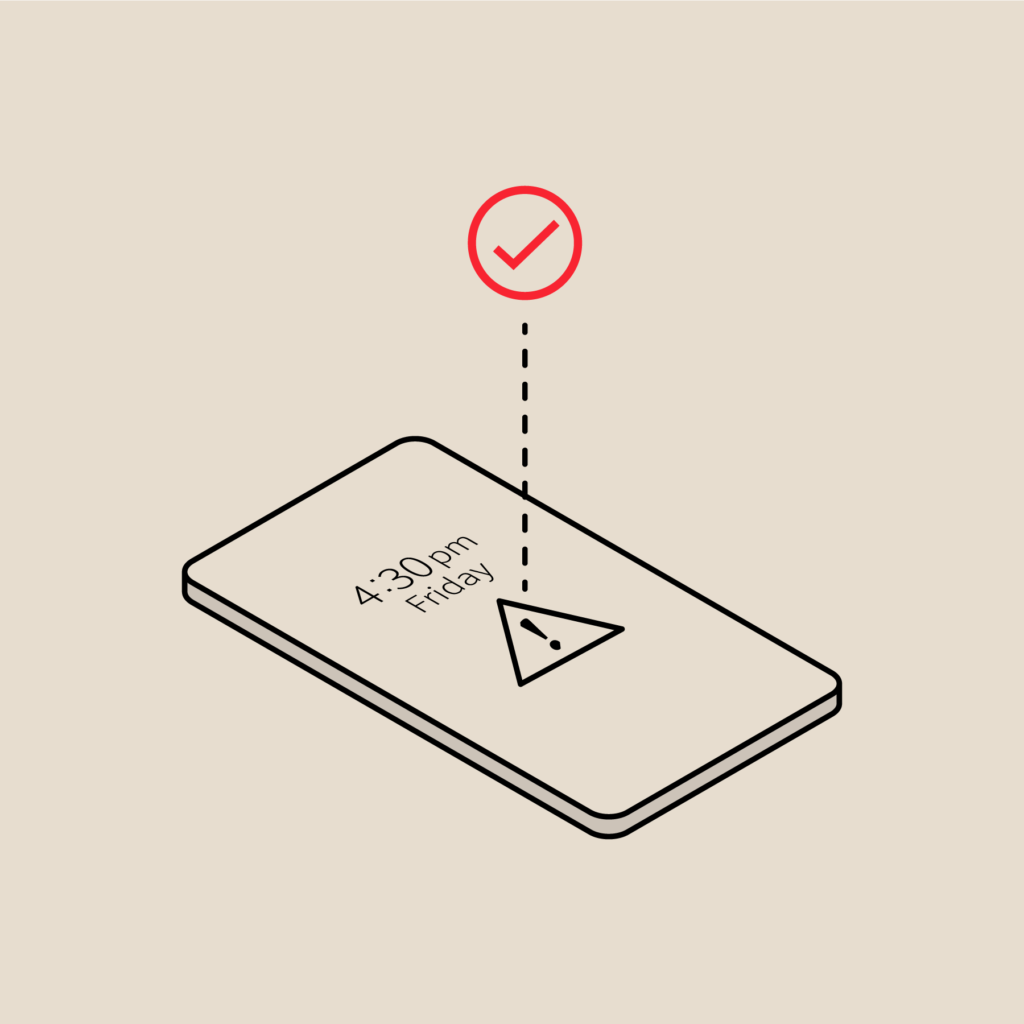Datacenter and Natural Disasters: Responsiveness Matters
New Zealand is located on the southern tier of the Pacific “Ring of Fire”, which makes it no stranger to seismic activity. On average, there are about 10 earthquakes per day that are felt by people in New Zealand! Most of the earthquakes experienced by Kiwis are small – 4.0 or less on the Richter scale – yet some are substantial.
The country’s most recent major quake, in early 2011, devastated the city of Christchurch and led to renewed awareness of the threat that tectonic shifts can pose. In the process, it brought to the fore the work of companies like GNS Science.
GNS Science provides geoscience information to the general public and other businesses through a system called GeoNet. It operates a network of seismometers that generate data around the clock, which means that when an earthquake does happen, GNS Science is one of the first organizations to know.
But for many years, earthquake notifications didn’t always reach the on-call earthquake and volcano response team who needed to know. This meant they sometimes received phone calls from the media asking them for insight on a quake when they weren’t aware something happened! Antiquated technology was largely to blame: GNS Science used spreadsheets for scheduling and physical pagers for alerting, neither of which proved entirely reliable.
“Managing spreadsheets and using pagers were ineffective. We needed to move from the stone age, ” says Kevin Fenaughty, datacenter manager
GNS Science first began using PagerDuty to centralize and send IT incident notifications. With their success in alerting the right engineer when issues occurred, when the response team wanted to move away from their unreliable alerting system, the datacenter team recommended PagerDuty. Today, GeoNet’s seismometer network will alert a designated on-call response team member with PagerDuty if any 4.5-or-larger quake is detected. Their method of only alerting for larger earthquake is similar to IT incident alerting – you only want to wake someone up for an actionable issue that is affecting people.
During an IT or natural disaster crisis it is important to not only keep everyone in the know but also have a flexible system to make changes on-the-fly if needed. If someone is on-call for hours during a disaster and are completely burnt out, with PagerDuty, they can easily change calendars without all the fuss. GNS Science has also found PagerDuty to be very reliable.
“After every big crisis, we have a debrief around what improvements we need to make, and PagerDuty is never mentioned – it just works.”
In an earthquake-prone country like New Zealand, having the right information at the right time is essential for public safety. GNS Science, with the help of PagerDuty, is making that possible.
“PagerDuty allows our guys to be more responsive. They are ready and prepared to give information on an earthquake when people call in.”
PagerDuty is headquartered in San Francisco which is located 35 miles away from Napa, the epicenter of a 6.0 earthquake that hit a couple of weeks ago so earthquakes are definitely top of mind for us. PagerDuty is designed for engineers but we’re excited to see the PagerDuty platform used to increase the responsiveness of incidents outside of IT.


